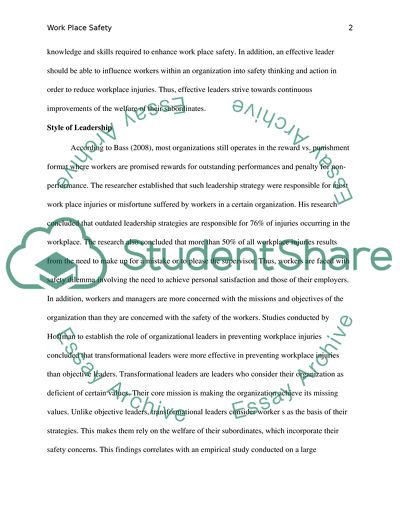Cite this document
(Work Place Safety Research Paper Example | Topics and Well Written Essays - 2000 words, n.d.)
Work Place Safety Research Paper Example | Topics and Well Written Essays - 2000 words. Retrieved from https://studentshare.org/human-resources/1779418-work-place-safety
Work Place Safety Research Paper Example | Topics and Well Written Essays - 2000 words. Retrieved from https://studentshare.org/human-resources/1779418-work-place-safety
(Work Place Safety Research Paper Example | Topics and Well Written Essays - 2000 Words)
Work Place Safety Research Paper Example | Topics and Well Written Essays - 2000 Words. https://studentshare.org/human-resources/1779418-work-place-safety.
Work Place Safety Research Paper Example | Topics and Well Written Essays - 2000 Words. https://studentshare.org/human-resources/1779418-work-place-safety.
“Work Place Safety Research Paper Example | Topics and Well Written Essays - 2000 Words”, n.d. https://studentshare.org/human-resources/1779418-work-place-safety.


